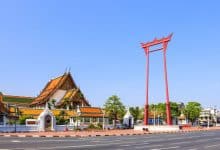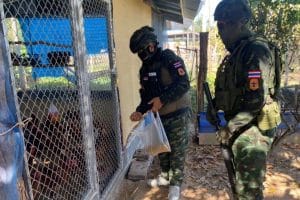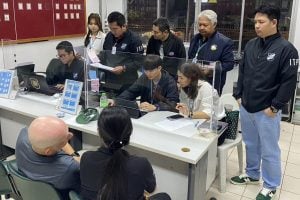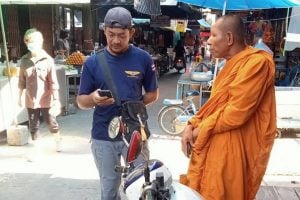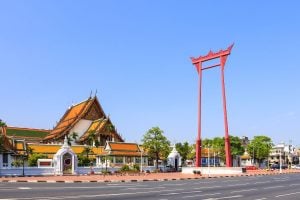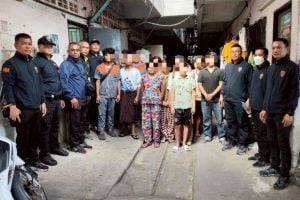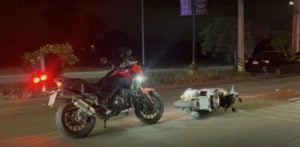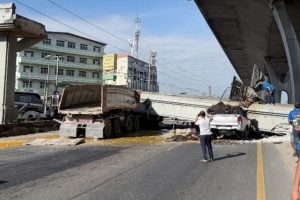Bangkok introduces congestion charge in six key intersections
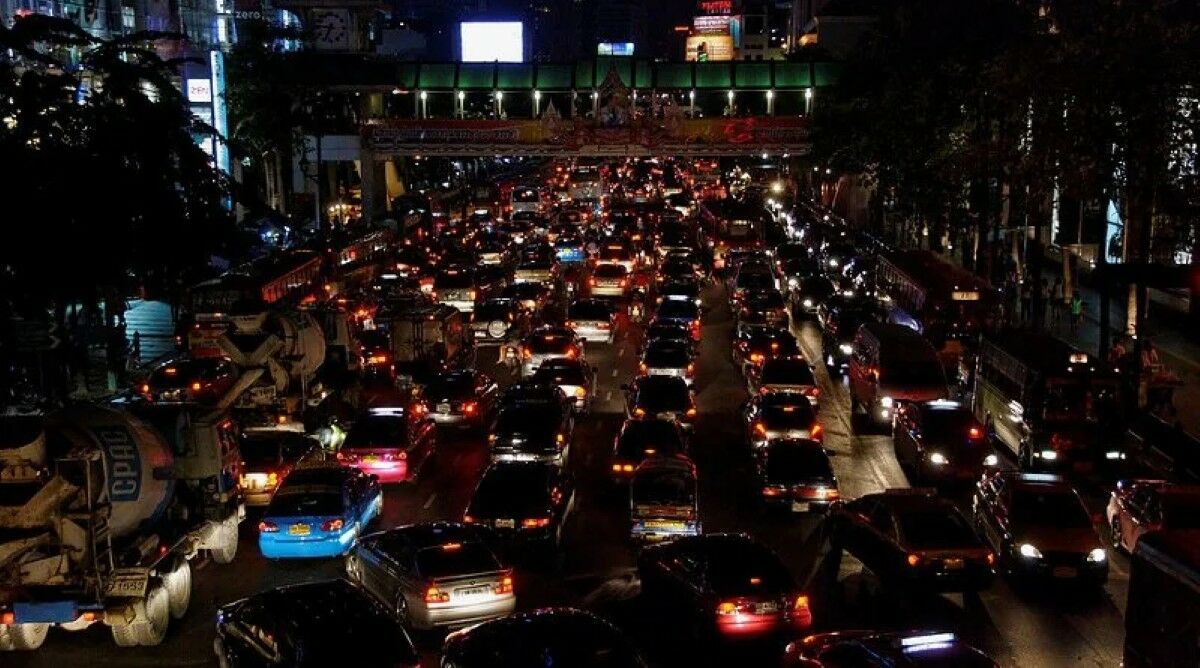
Thailand is looking to introduce a congestion charge to alleviate traffic in key areas of Bangkok, known for its gridlock bumper-to-bumper congestion. Following the footsteps of other major cities such as London and Milan, the move is expected to yield positive results.
The congestion charge, designed to alleviate traffic jams and curb environmental pollution, is set to initially cover six high-traffic areas in Bangkok, according to The Nation.
Motorists will be required to pay a fee for using selected routes during peak hours, a move expected to ease congestion, encourage public transport use, reduce greenhouse gas emissions, enhance air quality, and contribute to sustainable urban development.
Transport Minister Suriya Juangroongruangkit stated that the fee will increase every five years, beginning at 40 to 50 baht per vehicle in the first five years, eventually reaching 80 baht per vehicle.
This scheme is projected to generate approximately 10 billion baht per year, with the revenue being allocated towards maintaining the 20-baht fare cap on selected state-run train services.
A 2023 survey conducted by the German Corporation for International Cooperation (GIZ) and the Office of Transport and Traffic Policy and Planning (OTP) identified six Bangkok locations where the congestion charge would be implemented:
- Phetchaburi-Thonglor intersection (Phetchaburi and Thonglor roads), where the traffic volume sits at 60,112 vehicles per day.
- Silom-Naradhiwas intersection (Naradhiwas Rajanagarindra and Silom roads), with a traffic volume of 62,453 vehicles per day day.
- Sathorn-Naradhiwas intersection (Naradhiwas Rajanagarindra and Sathorn roads), with a traffic volume of 83,368 vehicles per day.
- Pathumwan intersection (Phaya Thai and Rama I roads), housing 62,453 vehicles per day.
- Ratchaprasong intersection (Ratchadamri, Rama I and Phloen Chit roads), with a traffic volume 56,235 vehicles per day.
- Pratunam intersection (Ratchadamri, Ratchaprarop and Phetchaburi roads), the busiest intersection with a traffic volume of 68,473 vehicles per day.
The United Kingdom introduced a congestion charge in 2003, which led to a 15% reduction in traffic, generated 1.2 billion pounds sterling (equivalent to 50.33 billion baht), and reduced carbon emissions by 16%.
Similarly, Milan introduced the measure in 2012, leading to a 12% drop in traffic, a 48% rise in public transport usage, and a 15% reduction in carbon emissions.
Latest Thailand News
Follow The Thaiger on Google News:

